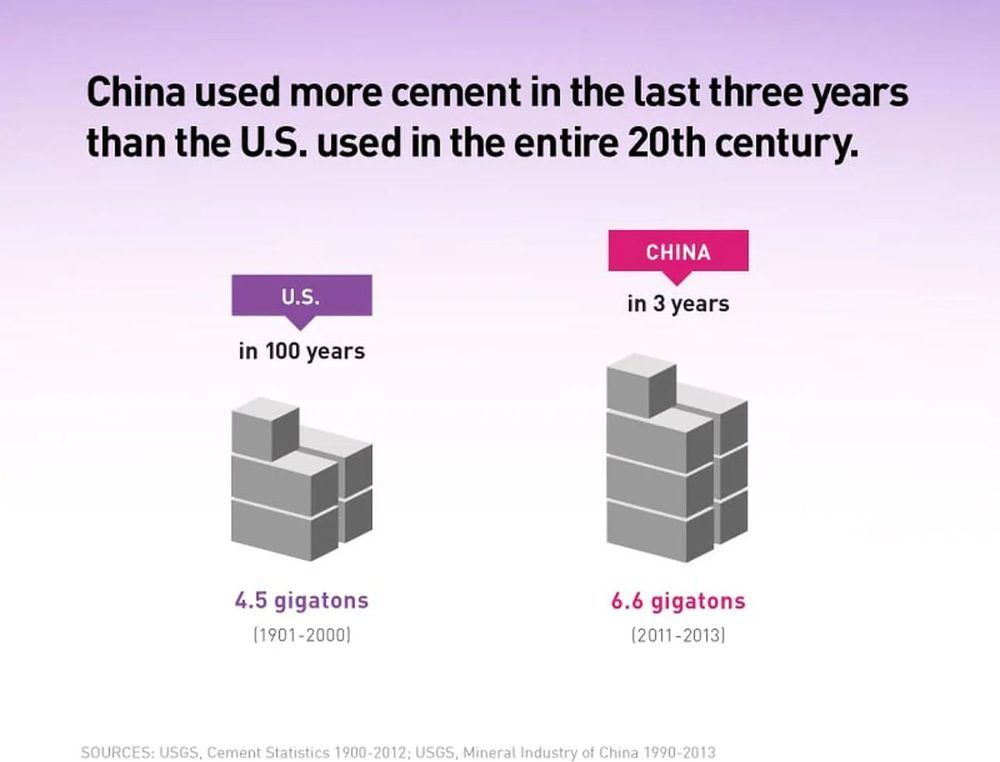Watch avengers: infinity war on digital HD july 31 and blu-ray august 14!
I own nothing!
Credit goes to Marvel Studios and Walt Disney Studios Motion Pictures.
Watch avengers: infinity war on digital HD july 31 and blu-ray august 14!
I own nothing!
Credit goes to Marvel Studios and Walt Disney Studios Motion Pictures.
This new laser microscope can reveal cells like never before 😱.



The biblical giant Goliath has an identifiable family tree suggestive of autosomal dominant inheritance. We suggest that he had a hereditary pituitary disorder possibly due to the AIP gene, causing early onset and familial acromegaly or gigantism. We comment on the evidence within the scriptures for his other relatives including a relative with six digits and speculate on possible causes of the six digits. Recognition of a hereditary pituitary disorder in the biblical Goliath and his family sheds additional information on his and other family members’ battles with David and his relatives.
Giants have been around since time began; they are first described in the Bible in the book of Genesis (6:1–4)1. Originally, giants appear to have been regarded positively, often considered as heroes, particularly by the non-Hebrew population. After the great Flood, giants remained present in the scriptural texts, but their good reputation had waned in the eyes of the Hebrews, and they often tended to be seen as the enemy, often fighting in armies. Giants lived together as a number of separate races, before and after the Flood. The exact relations between different families of giants are a little unclear. For example, the Nephilim (Numbers 13:32–33), appear to be present before and after the flood. The Emites, the Ammonites (or Anakites) and the Rephaim (Deuteronomy 2:10–11), existed after the Flood and appear to be separate entities although the chronicler often uses the phrase ‘like’ suggesting they had a similar phenotype. The Anakim seem to be derived from the Nephilim.




Stephen Hawking warned that we have 200 years left on Earth.